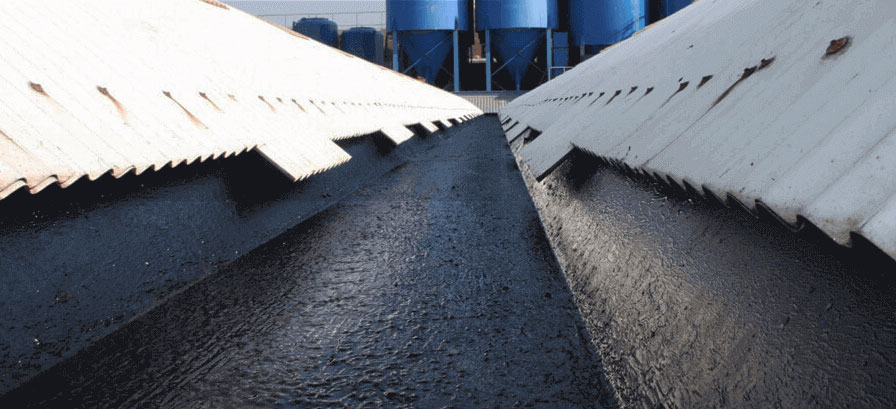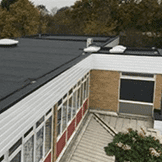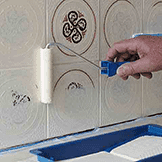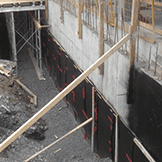
Characteristics Of Bituminous Membrane
A bituminous membrane is a thin layer of water-tight material that is laid over a surface. This layer is continuous and does not allow water to pass through it. Its main purpose is to resist hydrostatic pressure exerted by moisture in the liquid state. Waterproofing membranes consist of waterproof plastic, rubber, or coated-fabric materials.
The materials are used in a system to prevent the ingress of water into foundations, roofs, walls, basements, buildings, bridges and structures when properly installed. Waterproofing membrane should be strong, flexible, tear-resistant and elastic so that it can stretch to cover cracks and also move with the building. If the membrane is to be exposed to the sun, then it should be UV stable. The membrane should be flexible enough to take any shape it is laid over, and be capable of turning up and over walls and other construction features.
Location Of Waterproof Membrane
Depending on the structure and need, the waterproofing membrane can either be applied to the interior (negative), such as the case with repairs, the exterior (positive), or in places inaccessible by people (blindside).
Above vs. Below Grade
Above grade applies to all of the structure that is above the ground level, while below grade refers to any portion of the structure that is located below the ground level. The waterproofing used in above grade systems will differ significantly from those used in below grade applications.
- Above-grade waterproofing: Above-grade waterproofing systems must meet several requirements. They must be breathable to prevent liquid from seeping into the space, but allow water vapor inside the wall to escape. Because the membrane will be exposed to light, it must be UV resistant. This is especially true for roofing systems. Above-grade waterproofing must be resistant to abrasion and corrosion because they are often used where there is a high volume of foot or vehicle traffic. This also means that they must be aesthetically pleasing. The term above grade applies to horizontal surfaces such as roofs, balconies, and parking docks, as well as vertical surfaces such as walls.
- Below-grade waterproofing: Below-grade waterproofing systems are a required step in building a structure. In order to be effective, below-grade waterproofing systems must be resistant to hydrostatic pressure and chemical erosion, be able to perform in high groundwater, have a low absorption rate, uniform thickness, and be flexible. The material used for below grade waterproofing is determined by the properties of the surrounding soil.
Below-grade systems
- Hydrostatic pressure resistant.
- Structural movement capability.
- Most inaccessible after installation.
- Both positive and negative applications.
- Mostly barrier systems.
- Drainage enhancement a must.
Above-grade systems
- Ultraviolet-resistant.
- Thermal and structural movement capability.
- Breathable.
- Traffic wear and weathering exposure.
- Aesthetically pleasing.
- Freeze-thaw cycle resistant.




